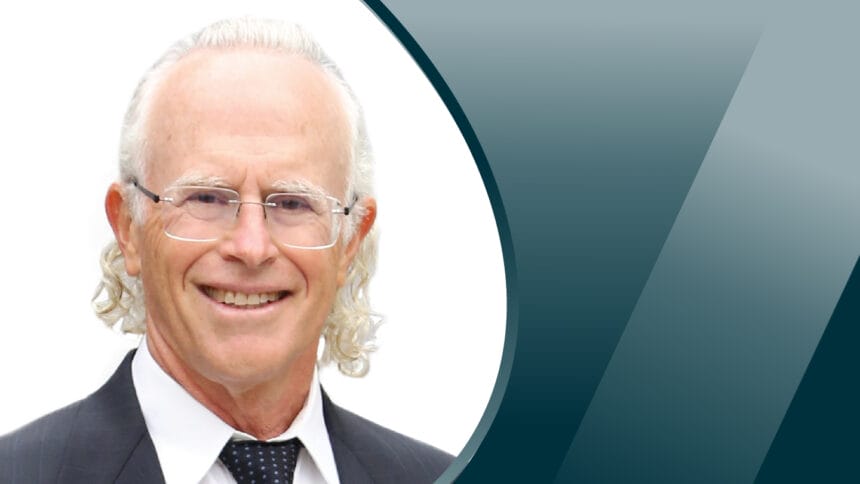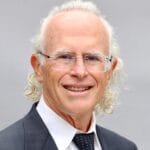
In January, I wrote about the importance of adequate nursing home staffing levels. As a geriatrician who has worked in nursing homes for nearly 40 years, I can attest to the importance of the incredible RNs, LVN/LPNs, and CNAs who represent the heart and soul of nursing homes. They are responsible for ensuring that our vulnerable older loved ones are properly cared for.
More than five years ago, as the CEO overseeing the management of 74 nursing homes in California, I traveled up and down the state visiting each of our facilities. I met with frontline staff as well as with residents. What I experienced invigorated my belief and faith in the most caring and compassionate group of people I’ve had the privilege of working with over my career.
Nursing home staff love what they do and feel enormous gratification serving the needs of the residents, many of whom expressed their everlasting appreciation for these incredible caregivers to me.
The idea that no one wants to work in a nursing home is a myth. The ongoing focus on shortages misses a key point. People who work in nursing homes generally love what they do. If they are provided proper training, competitive wages and benefits, and the respect that they so richly deserve, workforce concerns would dramatically decrease.
In the spirit of providing solutions and not devolutions, there is an immediate opportunity to help address nursing home staffing needs. Let’s discuss an actionable solution!
Anne Montgomery, in a recent webinar put on by the Gray Panthers, shared a proposal called the “Einstein option.” It stands for Evaluating Innovation in Nursing Home Systems to End Institutionalization. Current legislative authority for this project resides in Section 6114 and Sec. 3021 of the Affordable Care Act, enacted in 2010. To accelerate transformation in the sector, it proposes a national demonstration project that is designed to reinvent outdated, traditional, institutional-style nursing homes into vibrant places where residents and staff can work, live and thrive with purpose and meaning. The proposed four-tier demonstration is designed to meet nursing homes “where they are.”
The first tier of the proposal focuses on culture change under the QAPI construct, of which I am a devoted believer. Engaging each facility’s leadership team through the QAPI process to effectively bring about performance improvement is critical to integrating culture and system change.
The approach would be grounded in person-centered care embodying the 4 M’s (what matters most to the individual; medications; mobility; mentation) that are essential to the Geriatrics Approach to Care.
The second tier focuses on the small-homes concept and career advancement for CNAs. It is time that we embrace innovative models and fully support the frontline staff who deliver the vast amount of care to residents. The third tier would provide for research and demonstrations of programs that meet the requirements of the first two tiers. This is critical to the effective implementation of the core elements of the project.
The fourth and arguably most important tier would empower the Careforce, as my good friend Lori Porter calls the CNAs who provide the day-to-day hands-on care. It’s time that we make training resources for these incredible people easily accessible and readily available.
President Biden and his administration, namely the Department of Labor and the Centers for Medicare & Medicaid Services, have made a commitment to bolstering the nursing home workforce. Instead of getting bogged down in verbal battles and commiserations about the lack of workers, let’s find the $600 million that is needed to invest in the Einstein Option!
Michael Wasserman, MD, CMD, is a geriatrician and member of the Board of Directors for AMDA–The Society for Post-Acute and Long-Term Care Medicine.
The opinions expressed in McKnight’s Long-Term Care News guest submissions are the author’s and are not necessarily those of McKnight’s Long-Term Care News or its editors.
Have a column idea? See our submission guidelines here.





